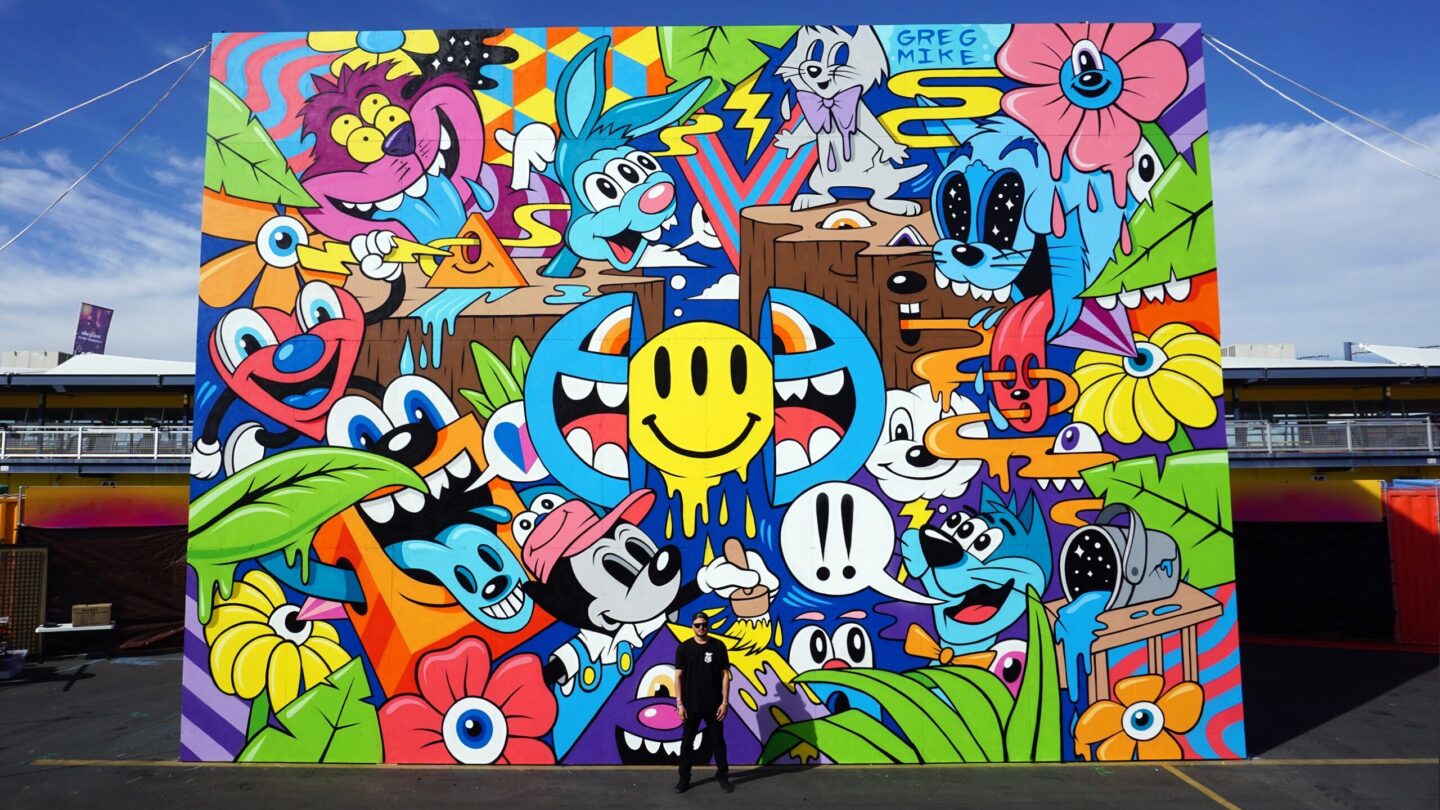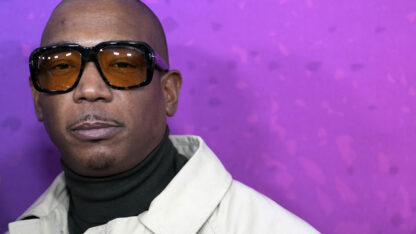What's the deal with NFTs? WABE's Emil Moffatt explains

WABE business and tech reporter Emil Moffatt has recently taken on a new challenge in the medium of audio journalism. He launched a podcast last month called “Tech Cast.” It goes behind the story of the latest technology trends to help us understand how the information relates to our everyday lives. “City Lights” senior producer Kim Drobes recently met up with Moffatt to discuss the intersections of art and technology, especially the subject of NFTs, the focus of the latest episode of “Tech Cast.”
“It stands for non-fungible token, and we’ve heard a lot of people describe this as a digital certificate of authenticity if you will,” said Moffatt. “A lot of the early adoption has actually been in the art world, be it visual arts or music, and when you think about those two things, they’re kind of hard to commodify in the digital space because they can easily be replicated.” As an example, Moffatt evoked the days of Napster and how the advent of online file-sharing in the late ’90s completely changed the way we consume digital music.
“We see it with digital photographs that are easily copied and pasted and re-posted sometimes on the web, without permission or credit,” he added. “So this image or song is a tangible thing, and something that you can see and hear, and artists are minting NFTs … and they’re being sold through these online marketplaces.”
With a beginner’s intro to blockchain technology, Moffatt explained how users’ cryptocurrency purchases of NFTs attach a digital signature to a piece of art or music that can’t be duplicated. “That’s what you’re really getting when you buy an NFT, is this digital certificate that this is a proof of ownership,” he said. But importantly, it’s not the same as licensing rights; you own the instance of the artwork, not the rights to its publishing.
With new generations of artists creating their work on computers, it’s been challenging to commodify digital art, and NFTs offer new opportunities. Artists are beginning to gravitate to the latest technology, including local painter and designer Greg Mike. “All my work is created digitally first,” Mike recently explained on “Tech Cast.” “So once that all clicked, I started realizing that the digital files that I’m actually creating are actually the originals, and my paintings that I’m painting, whether that’s a mural or a painting in the studio, is almost a replica.”
However, NFT technology can be a mixed bag; the market is very new and often poorly regulated. “Many artists have run into issues with people taking their artwork and minting unauthorized NFTs,” said Moffatt. “Some artists have had to be really diligent to make sure that their images or music, their creations aren’t being stolen, and that can mean hours … monitoring these marketplaces, sending cease-and-desist letters, even hiring lawyers to protect their copyrights.”
The question remains, who can realistically benefit from this technology? Genuine creators across the art landscape, or just the few with the resources and crypto-literacy to navigate this strange new territory? Environmental concerns also loom large, as cryptocurrency draws enormous amounts of energy in its generation and circulation.
“NFTs could prove to be a big deal in the art and music world, but they could also kind of fade away,” Moffett speculates. But he and many others in the field suggest “the technology behind them will likely be here to stay.”
Emil Moffatt’s podcast “Tech Cast” is available to stream on major streaming platforms and on WABE.org.







